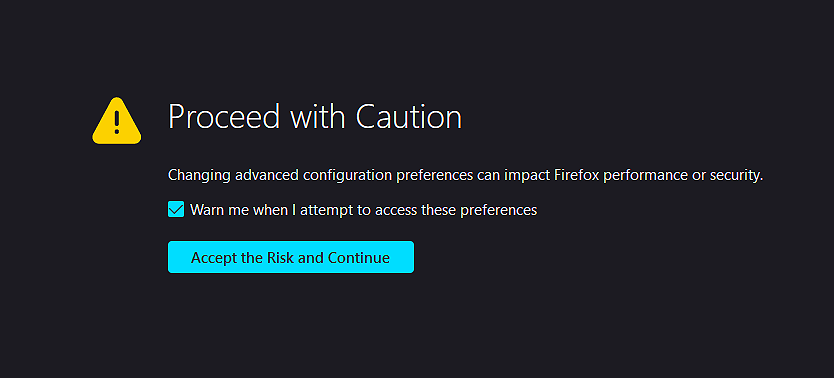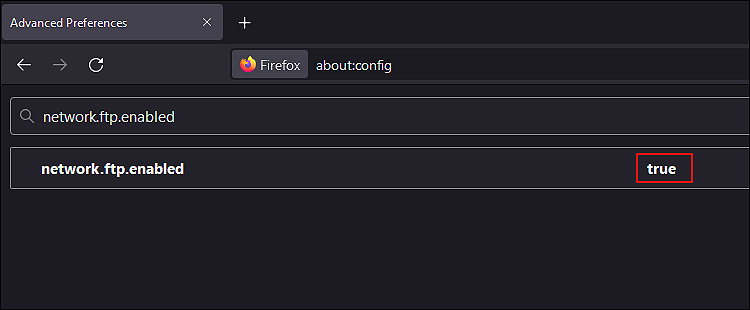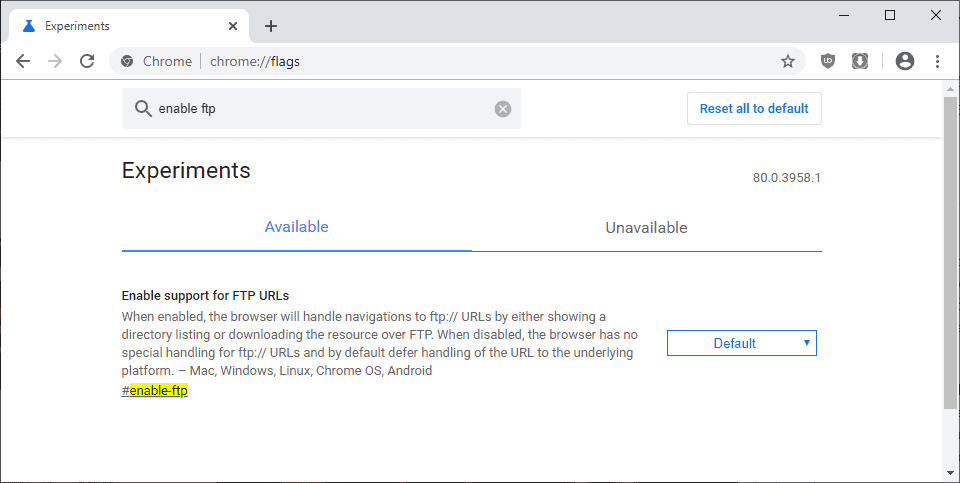Looking for easy ways to restore the ‘Save link as’ option for FTP files in Chrome and Firefox?
FTP has been used to exchange files between computers over a network for years, but the protocol is now plagued with enough security problems that browsers are dropping support for it since no encryption of data is used in transit.
It is also important to note that this functionality is used only by a small number of users, which makes it difficult for browsers to justify the budget required to add secure FTP functionality.
Firefox was the latest browser to follow in the footsteps of Microsoft Edge and Chrome in this regard. There are, however, still quite a few users who rely on FTP, and would like to have it back. Fortunately, several methods are available to restore the ‘Save link as’ option.
In this guide, we will walk you through all the relevant methods of restoring the ‘Save link as’ option for FTP files in Chrome and Firefox.
Let’s get started!
1. Restore the FTP Functionality on Firefox.
Firefox is the latest major browser to eliminate File Transfer Protocol (FTP) after Edge and Chrome.
Luckily, you can restore the File Transfer Protocol support on Firefox 88 and Firefox 89. However, if you are using build 90, then you must downgrade to restore the FTP functionality since Mozilla has removed FTP support entirely on build 90.
Here is what you need to do:
- Open Firefox and type ‘about:config‘ in the navigation bar.
- Hit Enter and then click on the Accept the Risk and Continue button to proceed.

- In the Advanced Preferences menu, type ‘network.ftp.enabled‘ in the search bar and hit Enter.
- Now locate network.ftp.enabled and change its value to True.

- Finally, reboot your browser to apply the changes.
This should restore the FTP functionality on Firefox without any issues.
2. Try Using CleanMyPC.
Your system may be corrupt if you have tried the methods outlined in this guide and are still unable to perform the desired action.
In light of this, you should completely clean your computer before going any further with this guide. This will eliminate any bugs or errors in your system. If you want to deep clean your PC, using a good PC cleaner can be helpful since manual cleaning can take time and effort.
In case you’ve never used a PC cleaner before, we recommend CleanMyPC.

With CleanMyPC, you can fix all kinds of PC problems quickly and efficiently. The program comes with a variety of tools, including a Multi-Uninstaller, a Speed Booster, and a Registry Cleaner, enabling you to fix most system issues and enhance performance.
If this looks like something your PC desperately needs, install CleanMyPC now and get your PC up and running like new!
3. Restore the FTP Functionality on Chrome.
To restore the FTP functionality on Chrome, you must tweak the enable-ftp flag. This method is for Chrome versions that are older than build 82. If you are using a new version of Chrome on your PC, then you must downgrade to an older version to restore the FTP functionality.
Here is how you can restore FTP functionality on Chrome:
- Launch Chrome and type ‘chrome://flags‘ in the address bar.
- Hit Enter to launch the Flags window.
- Once you are inside the Flags window, type ‘enable-ftp‘ in the search bar and hit Enter.
- Now locate Enable support for FTP URLs on your screen and expand the dropdown menu against it.

- Select Enabled and then restart your Chrome browser to save the changes you just made.
Following the steps mentioned above should restore FTP functionality on Chrome.
This wraps up our guide on restoring the ‘Save link as’ option for FTP files in Chrome and Firefox. We hope that one of the methods mentioned in this guide did the trick for you. If you have any questions regarding the methods listed above, please let us know in the comment section below.
If this guide helped you, please share it. 🙂





